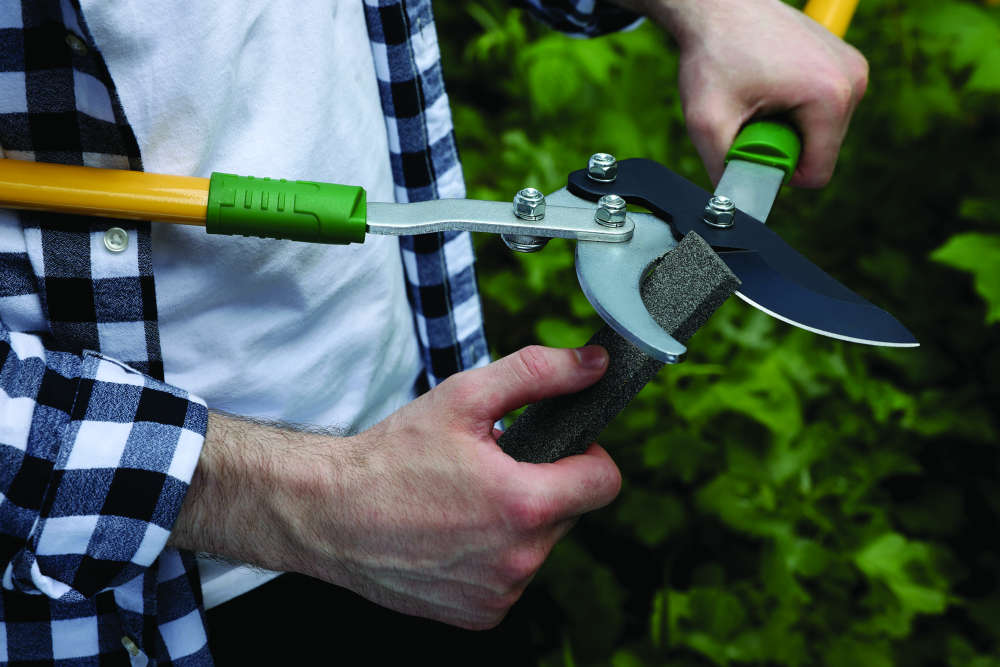
Thinking about a Christmas present for a gardening friend? Or perhaps you’re anticipating a gardening gift voucher and fancy treating yourself? Flo Whitaker suggests some essential hand tools that won’t break the bank.
The pages of gardening magazines are currently filled with adverts for expensive gadgets promising labour-saving luxury. Hmmm… I predict most gardening gizmos will be used twice, then flung into a dusty shed corner to join the pile of gardening paraphernalia from previous Christmases’, whereas some well-chosen hand tools will last a lifetime and be in constant use. Now, that is money well spent.
Take your time when choosing tools. Don’t be rushed. Hold different types to decide what feels best for you. It may be a beautiful top-of-the-range model, but if it doesn’t sit comfortably in your hands, you’ll seldom use it.
A hand trowel and fork duo are essential workhorses in the border. Ensure they are of strong, one-piece construction, made from single pieces of metal - not sections riveted/welded together, as these cheap versions invariably break at the join points. Fork tines come either flattened or rounded. For general use, rounded tines are easier and slide through soil with minimal ‘snagging’.
A small-headed hoe is a really useful tool as it fits into awkward spaces. Some have straight profiles, others come with ‘swan’ necks or serrated blades.
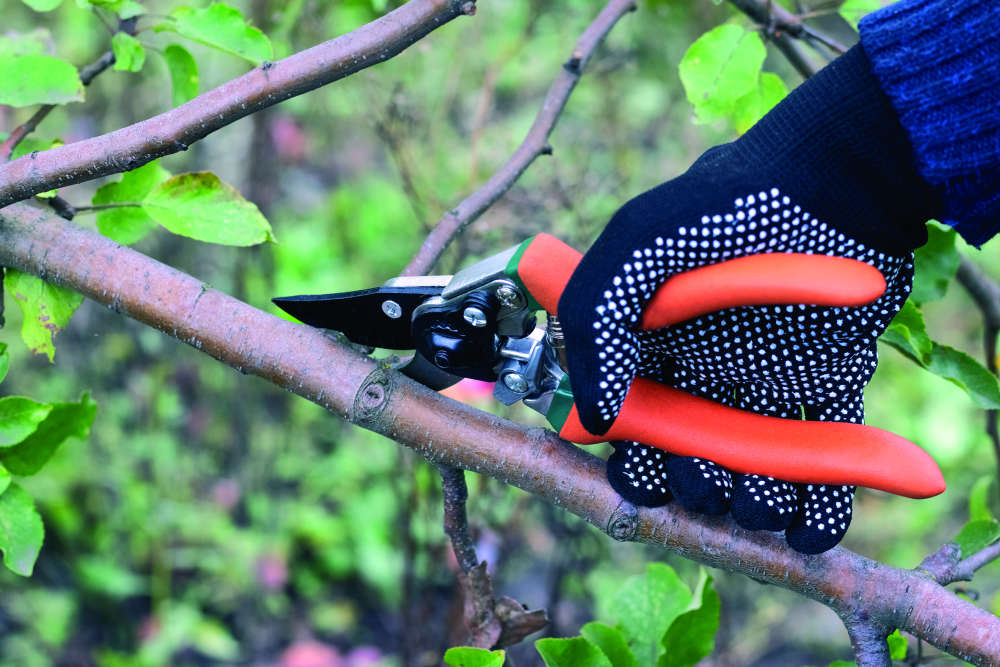
I gazed in suspicion (and trepidation) when first encountering a knife-like Japanese implement known as a Hori Hori, (translated as Dig! Dig!) This ruthlessly efficient tool features a concave blade with razor-sharp edges. It chops like a billhook, swipes like a hoe, uproots weeds and excavates like a trowel. I cannot over-state how sharp a Hori Hori is. Store it in a protective holster, away from children and pets.
At the other end of the scale, a little folding penknife has endless uses; from taking cuttings to opening compost sacks - and everything in between. Inexpensive, lightweight and compact; keep one in your pocket and you’ll be surprised how many times you reach for it.
There are two types of secateurs to choose from. ‘Bypass’ secateurs behave like scissors. Both blades move, cutting as they pass across each other. They are suitable for all garden tasks - if you only have one pair of secateurs, choose these. ‘Anvil’ types have one static and one moving blade. They give a less precise action and, instead of a ‘clean’ cut, are inclined to crush or shred, so are not ideal for pruning.
However, they exert tremendous force and are particularly useful when chopping up woody material for the compost heap or clearing overgrown areas.
Finally, invest in a sharpening steel or stone. Blunt tools are miserable things that make extra work. Trowels and spades also benefit from some judicial sharpening. You doubtless know the phrase “got an edge”, meaning to have a competitive advantage? Well, that term is derived from ancient horticultural references - the sharpest tools are always the fastest ones.

 Homes Extra: Home Sanctuary
Homes Extra: Home Sanctuary
 Blooming Times: Happy Faces
Blooming Times: Happy Faces
 Blooming Times: Winter Sparklers
Blooming Times: Winter Sparklers
 Blooming Times: Winter Wonders
Blooming Times: Winter Wonders
 Blooming Times: The Answer Lies in the Soil
Blooming Times: The Answer Lies in the Soil
 How to Cover Up Shabby Garden Walls and Fences
How to Cover Up Shabby Garden Walls and Fences
 Homes Extra: Shed Space
Homes Extra: Shed Space
 Gardening: Choose a Clematis for Every Month of the Year
Gardening: Choose a Clematis for Every Month of the Year
 Blooming Times: Top of the Pots
Blooming Times: Top of the Pots
 Kids Zone: Get the Kids Growing
Kids Zone: Get the Kids Growing
 Blooming Times: Wisteria Hysteria
Blooming Times: Wisteria Hysteria
 Blooming Times: Dahlia Mania
Blooming Times: Dahlia Mania
 How to Create 3D Walls in Your Home
How to Create 3D Walls in Your Home
 Blooming Times: Spring Fever
Blooming Times: Spring Fever
 Blooming Times: What's in a Name?
Blooming Times: What's in a Name?
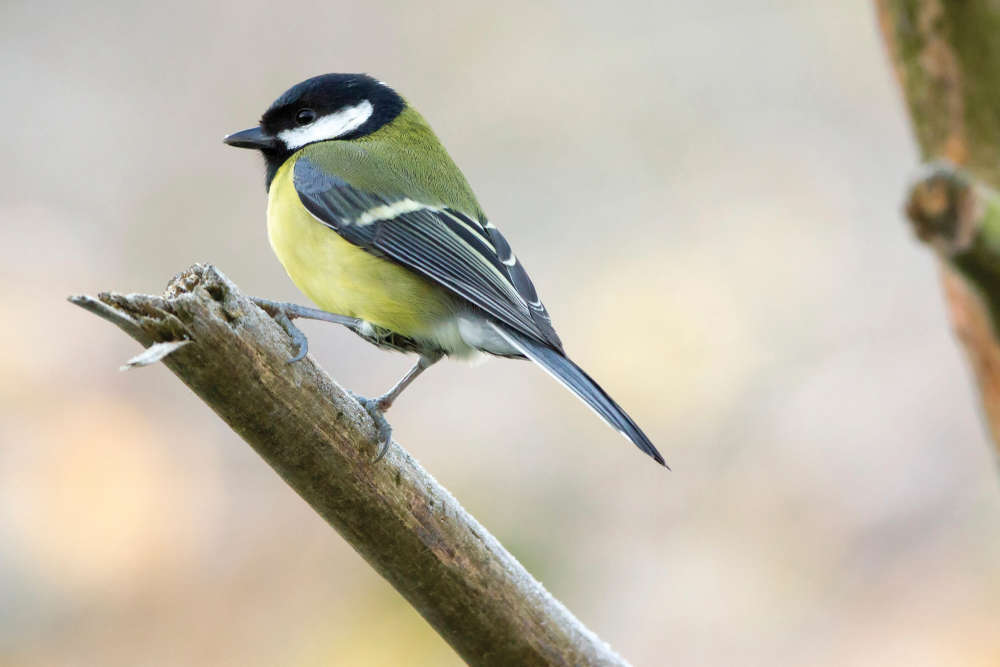 Top 10 Garden Birds to Spot on the Isle of Wight
Top 10 Garden Birds to Spot on the Isle of Wight
 Gardening: The Benefits of Hedges
Gardening: The Benefits of Hedges
 How to Create a Happy Home Workspace
How to Create a Happy Home Workspace
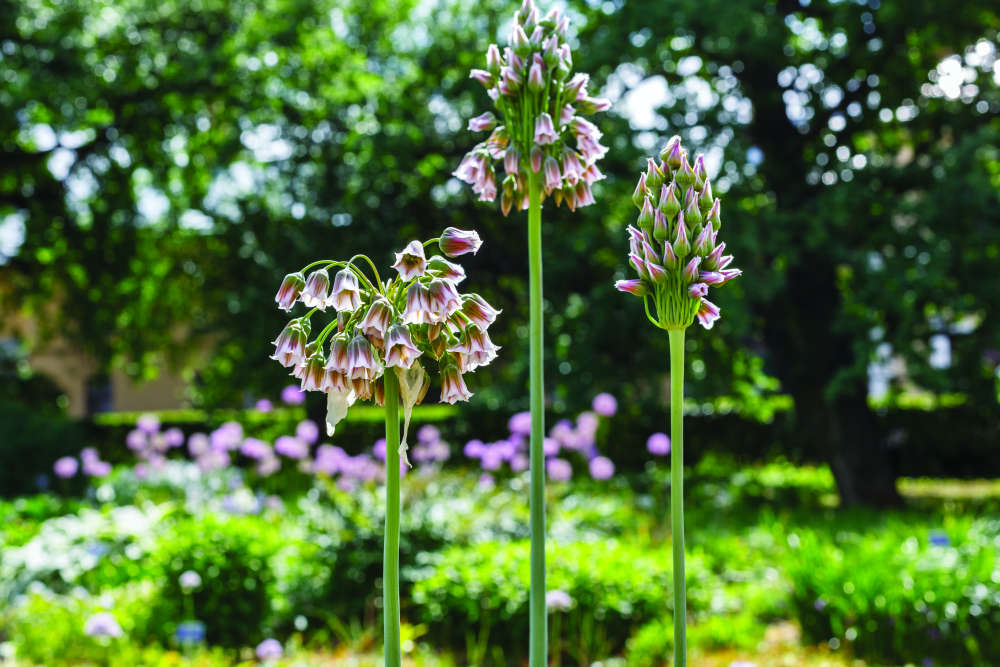 Now's the Time to Plant Alliums for a Spectacular Display Next Year
Now's the Time to Plant Alliums for a Spectacular Display Next Year
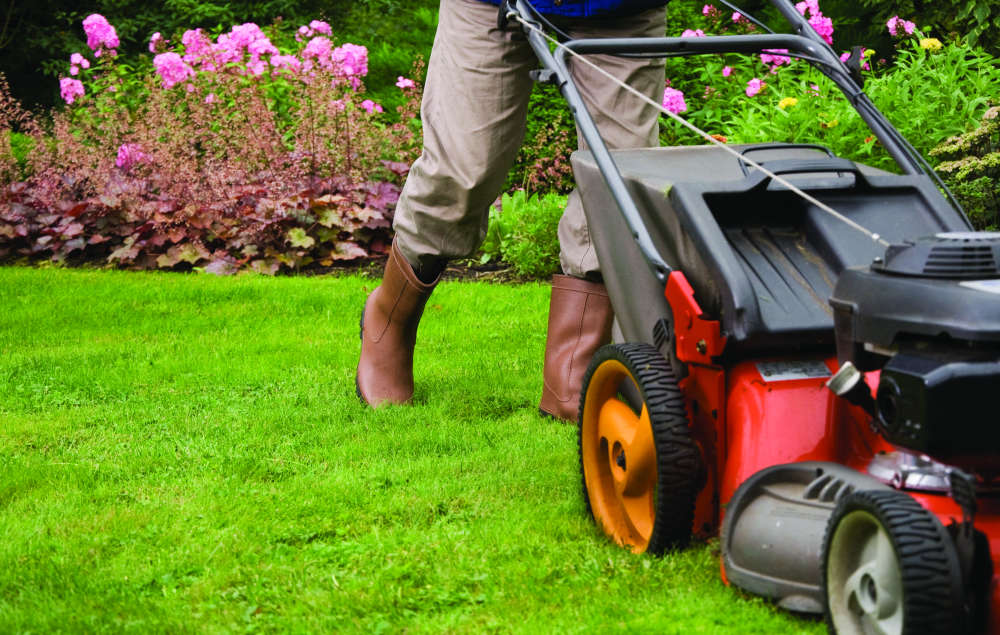 Gardening Facts or Fictions?!
Gardening Facts or Fictions?!